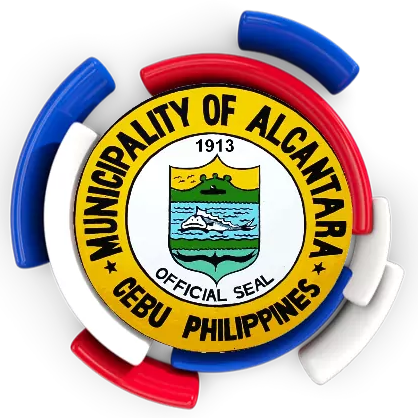History of Alcantara
During the pre-Spaniards time, Alcantara has been referred to by locals as ‘Kugtong’. This in reference to a gigantic aquatic living organism that lives within the cave-like portion of the ‘tinubdan’ or spring in the economic center of the town.
With the colonization of the Spaniards in the country, ‘Kugtong’ was renamed as one of the places in Spain as it resembles to the geographical and atmospheric feel of Alcantara in Spain. Since then, Alcantara of the province of Cebu in the Republic of the Philippines emerges.
To formally emerge as an independent local government unit, Governor General Francis Burton has signed the Executive No. 111 on the 29th day of December, 1913. Along the colonial rule of the Spaniards, Alcantarahanons were governed by the person of Kapitan Paoy, Kapitan Arok, Kapitan Domingo Yosores, Kapitan Policarpo Tabanao, Kapitan Joaquin Nacion, Kapitan Juan Sabello, Kapitan Eugenio Tejamo, Kapitan Roman Yosores, Kapitan Marcelo Landiza, Kapitan Felipe Llenos at their respective timelines.
In the last phase of the Spanish regime, Alcantara was being recognized as one of the ‘barrios’ of the town of Dumanjug with Felipe Llenos as ‘Kapitan’. From being a kapitan, Llenos was appointed as ‘town chief’ when the Philippines became a Republic under General Emilio Aguinaldo.
With the shift of territorial invaders of the country also comes the shift of the governmental status of Alcantara. It has also been named as one of the barrios in the town of Moalboal during the American colonization. In 1912, Alcantara has redeemed its town status. Since the, municipal presidents were appointed and later elected as what is known now as municipal mayor Llenos then served as Municipal President until 1922. He was later replaced by the following:
| Name | Terms |
|---|---|
| Bartolome Toting | (1922-1931) |
| Cipriano Llenos | (1931-1934) |
| Vicente Sarmiento | (1935-1937) |
| Francisco Isobal | (1941-1946) |
| Marcial Ugbinar | (1946-1947) |
| Gregorio Cañete | (1947-1954) |
| Jose Sarmiento | (1955-1958) |
| Gregorio Cañete | (1959-1966) |
| Demetrio Romero | (1967-1982) |
| Candido Yosores | (1982-1986) |
| Jovito Templado | (1986-1992) |
| Prudencio V. Barino Jr. | (1992-2001) |
| Benjamin M. Lobitaña | (2001-2010) |
| Prudencio V. Barino Jr. | (2010-2013) |
| Fredo Cañete | (2013-2014) |
| Beatriz Y. Caburnay | (2014-2019) |
| Fritz A. Lastimoso | (2019-present) |
There were frequent disputes about their boundaries. To settle the controversy, it was agreed that representatives from the three towns will meet at an appointed spot which will be declared as the demarcation lines. Ronda’s delegate will proceed northward to be met by Alcantara’s representative, while an agent from Moalboal will travel southward to meet another Alcantara representative. The points of convergence will determine their respective boundaries. They are to start at an appointed early morning hour, which both the Ronda and Moalboal men strictly followed. But the two Alcantara deputies failed to wake up early because of a drinking spree the night before. When the delegates finally met, the Ronda and Moalboal men had covered a wide distance for their respective towns.
To highlight this history undertaking, here is the copy of the signed executive order by General Harrison provided by the Presidential Museum and Library:



